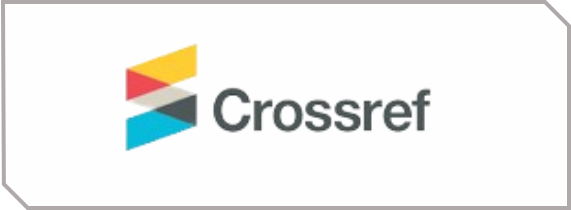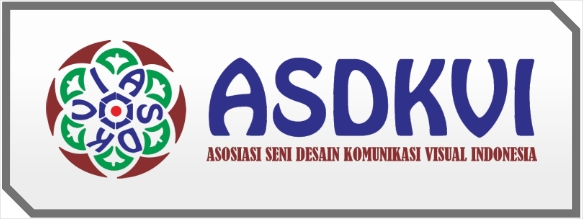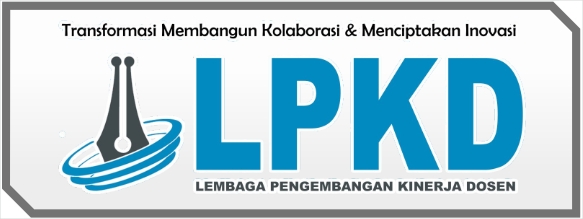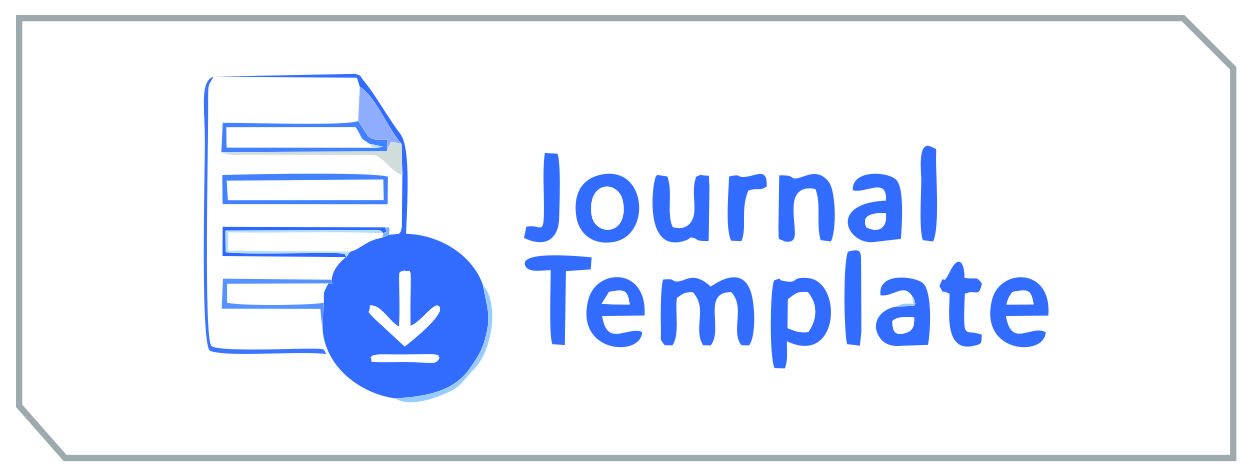Sistem Informasi Eksekutif Perpustakaan Dengan Fitur Drilldown Dan Analisis What-If
DOI:
https://doi.org/10.55606/jupikom.v3i1.2745Keywords:
Executive Information System, Libraries, Drilldown, What-IfAbstract
Every agency or company needs to adapt to information technology so that it can provide opportunities to increase its competitive advantage in the future. The use of technology has an impact on the activities of an agency or company, including executive information systems. The Library Executive Information System for UPA Perpustakaan Universitas Pembangunan Nasional "Veteran" Jawa Timur is expected to be able to overcome existing problems. It is hoped that the construction of this system will be able to assist library executives in carrying out analysis and making decisions to improve library progress. This research implements the waterfall model system development method. System modeling is carried out using an object-oriented approach using UML. In this research, the system was built using the PHP programming language with the Codeigniter framework and testing used the black-box testing method. The output produced in this research is a web-based Library Executive Information System for the UPA Perpustakaan Universitas Pembangunan Nasional "Veteran" Jawa Timur with drilldown and what-if analysis features. The features are as follows, drilldown is a feature to facilitate the classification of information to a more detailed level utilizing data on visits, loan transactions, returns and extensions, while what-if analysis is an uncertainty simulation that can calculate book borrowings in a certain year period as a consideration for additional copies of books.



















